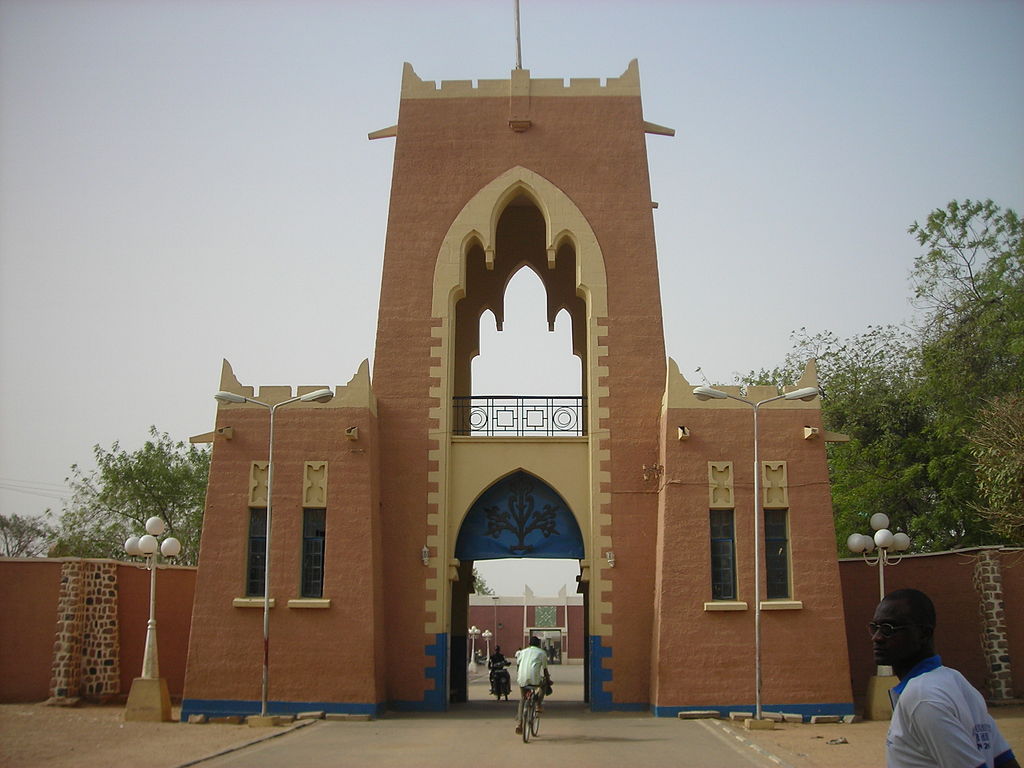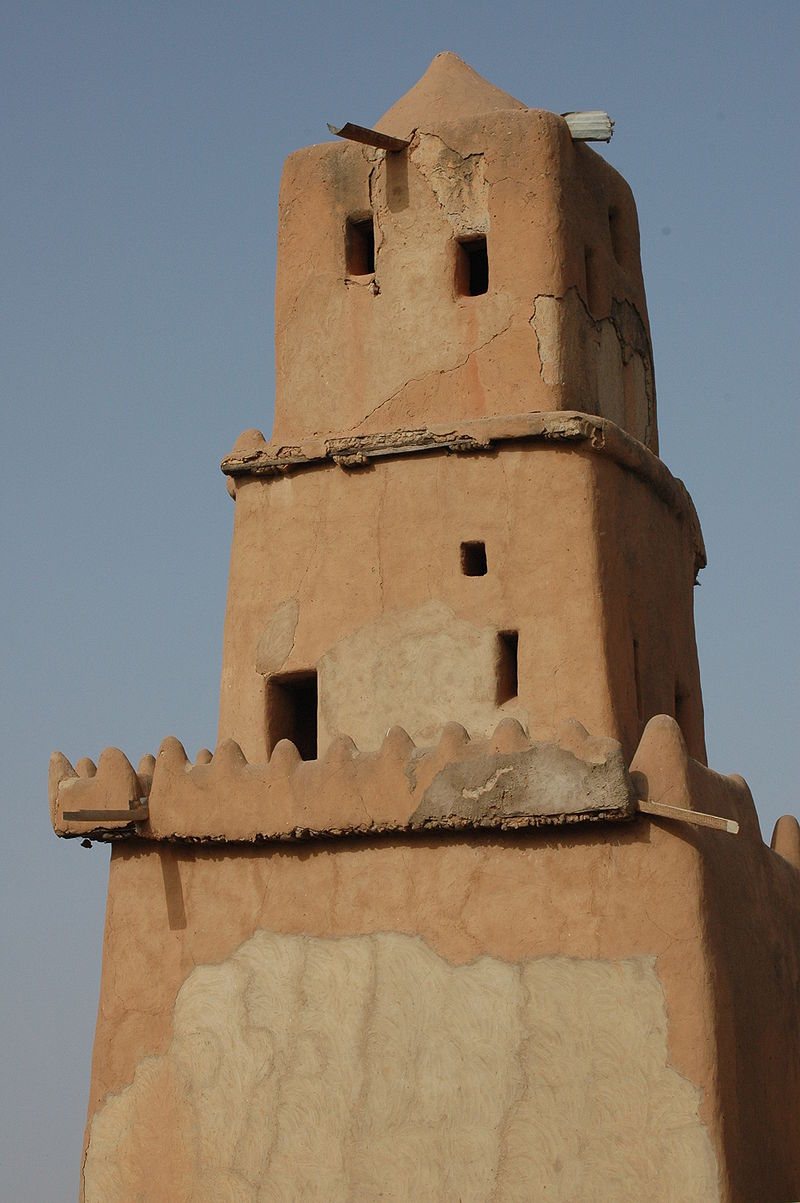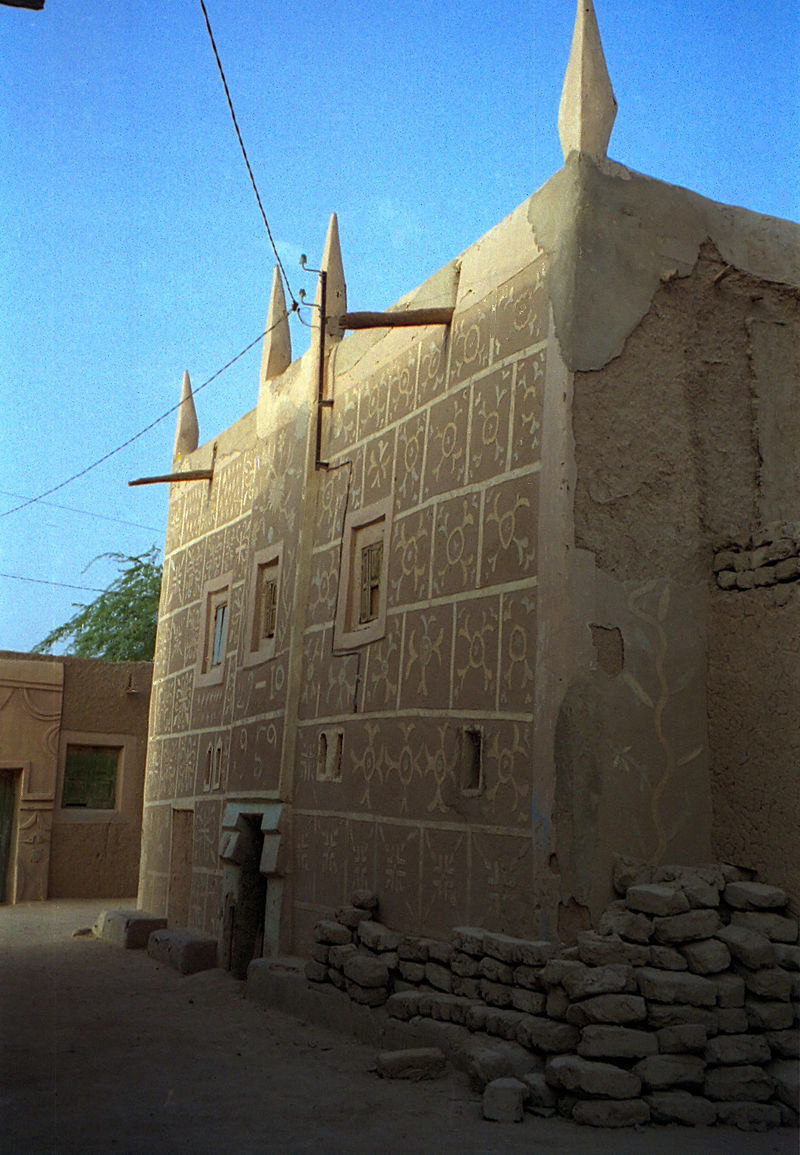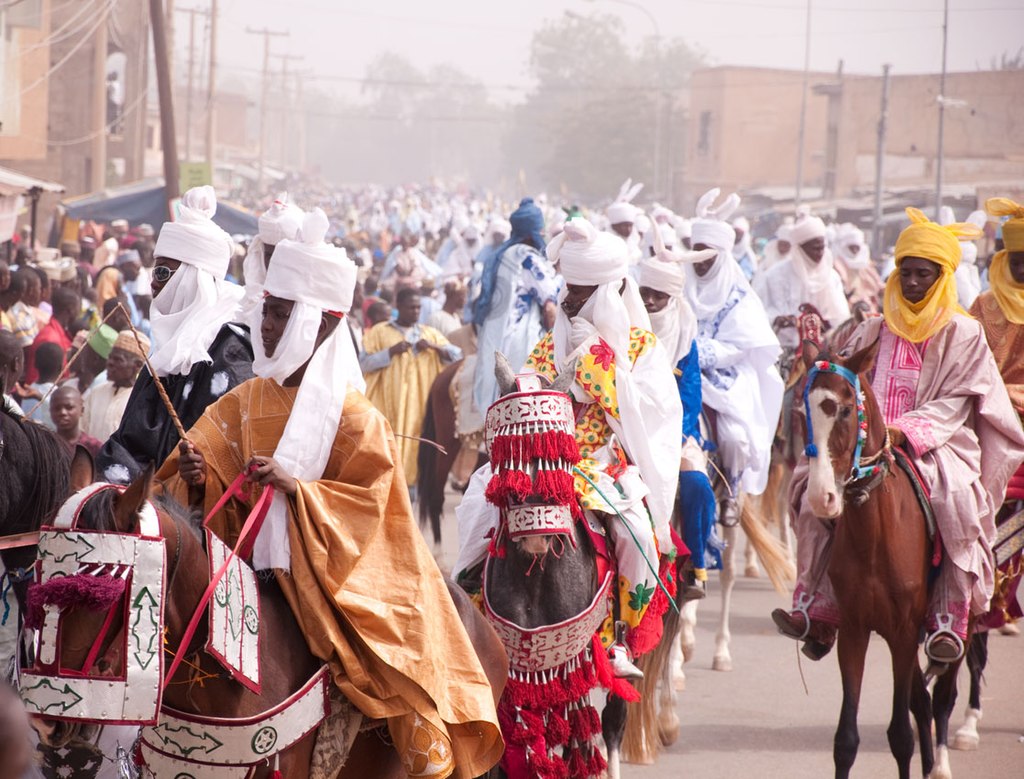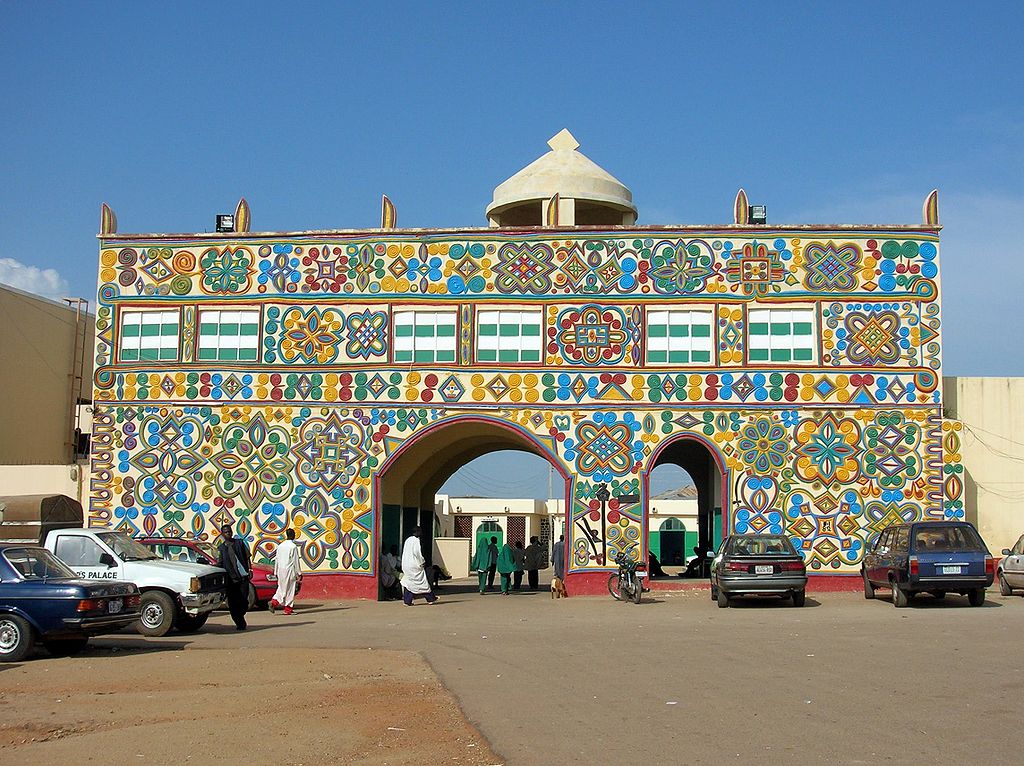Hausa
Hausa People
The Hausa are a diverse but culturally homogeneous people based primarily in the Sahelian and the sparse savanna areas of southern Niger and northern Nigeria respectively. They speak the Hausa language, an Afro-Asiatic language of the Chadic group and the second largest language after Arabic in the Afroasiatic family of languages. They are the largest ethnic group in Africa.
Predominantly Hausa-speaking communities are scattered throughout West Africa and on the traditional Hajj route north and east traversing the Sahara, with an especially large population in and around the town of Agadez.
The Hausa, traditionally live in small villages as well as in precolonial towns and cities where they grow crops, raise livestock including cattle as well as engage in trade, both local and long distance across Africa. The Hausa aristocracy had historically developed an equestrian based culture. Still a status symbol of the traditional nobility in Hausa society, the horse still features in the Eid day celebrations, known as Ranar Sallah (in English: the Day of the Prayer).
The architecture of the Hausa is perhaps one of the least known but most beautiful of the medieval age. Many of their early mosques and palaces are bright and colourful, including intricate engraving or elaborate symbols designed into the facade. This architectural style is known as Tubali which means architecture in the Hausa language.
The characteristic Hausa architectural style is predominant in North and Northwestern Nigeria, Niger, Eastern Burkina Faso, Northern Benin, and Hausa-predominant zango districts and neighbourhoods throughout West Africa.
Hausa buildings are characterized by the use of dry mud bricks in cubic structures, multi-storied buildings for the social elite, the use of parapets related to their military/fortress building past, and traditional white stucco and plaster for house fronts. At times the facades may be decorated with various abstract relief designs, sometimes painted in vivid colours to convey information about the occupant. Examples include:
Early Period: The Daura Emirate
Daura city is the cultural centre of the Hausa people. The town predates all the other major Hausa towns in tradition and culture. According The royal chronicle of the Kanem-Bornu Empire, the Girgam (or Diwan), the Daura Emirate was established in 2000 BC by a group of people who migrated from Canaan to Ancient Egypt and then moved to a place called Tsohon Birni today in Northern Nigeria where they establishment the Daura Emirate and city.
Daura is the city that Bayajidda, a figure from Hausa mythology, arrived at after his trek across the Sahara. Once there, he killed a snake (named Sarki) who prevented the people from drawing water from the well known as Kusugu, and the local queen Daurama Shawata, married him out of gratitude; one of their seven children was named Daura.
The emirate is referred to as one of the "seven true Hausa states" (Hausa Bakwai) because it was, (along with Biram, Kano, Katsina, Zazzau, Gobir, and Rano), ruled by the descendants of Bayajidda's sons with Daurama and Magira (his first wife).
The City of Kano
In the 7th century, Dala Hill, a hill in Kano, was the site of a community that engaged in iron-working. It is unknown whether these were Hausa people or speakers of Niger–Congo languages. Some sources say they were Hausa speaking hunter/gatherers known as Abagayawa who migrated from Gaya. The Arab geographer al-Yaqubi, writing in 872/873 CE (AH 259), describes a kingdom called "HBShH" with a city named "ThBYR" ruled by a king called "MRH" (none of these words are vocalized, so their actual pronunciation can vary), located between the Niger Bend and the Kingdom of Kanem. If the kingdom's name is vocalized as "Habasha" it would correspond with other Arabic language texts that also appear to refer to the Hausa, and would be the earliest reference to the Hausa region.
Kano was originally known as Dala, after the hill. The Kano Chronicle identifies Barbushe, a priest of a Dalla Hill spirit, as the city's first settler. (Elizabeth Isichei notes that the description of Barbushe is similar to those of Sao people.)
According to the Kano Chronicle, Bagauda, a grandson of the mythical hero Bayajidda,became the first Hausa king of Kano in 999, reigning until 1063. His grandson Gijimasu (1095–1134), the third king, began building city walls at the foot of Dalla Hill, and Gijimasu's son, Tsaraki (1136–1194), the fifth king, completed them during his reign.
The ancient Kano city walls were built in order to provide security to the growing population. The Bagauda family steadily extended the kingdom through conquest of nearby communities. They established numerous sub-rulers, with titles starting with "Dan", of which the most important was "Dan Iya". The gates are as old as the walls and were used to control movement of people in and out of the city.
The City of Katsina
Katsina is believed to have been founded circa 1100. It was surrounded by city walls 21 kilometres (13 mi) in length.
The Katsina Royal Palace 'Gidan Korau' was built in 1348 AD by Muhammadu Korau who is believed to be the first Muslim King of Katsina. The palace is a huge complex located in the centre of the ancient city. It is a symbol of culture, history and traditions of 'Katsinawa'. It is one of the oldest and among the first generation Palaces in Hausaland. The rest are that of Daura, Kano and Zazzau. The Palace was encircled with a rampart 'Ganuwar Gidan Sarki' (which is now extinct). The main gate which leads to the Palace is known as 'Kofar Soro' while the gate at the backyard is called 'Kofar Bai' (now extinct). The Emir's residential quarters which is the epicenter of the Palace, is a large compound built in the typical Hausa traditional architecture.
In pre-Islamic times, Katsina's semi-divine ruler was known as the Sarki, who faced a summary death-sentence if found to be ruling incompetently. From the 17th to the 18th century, Katsina was the commercial heart of Hausaland and became the largest of the seven Hausa city-states. Katsina was conquered by the Fulani during the Fulani War in 1807. In 1903, the Emir, Abubakar dan Ibrahim, accepted British rule, which continued until Nigerian independence from Britain in 1960.
This page uses materials from Wikipedia available in the references. It is released under the Creative Commons Attribution-Share-Alike License 3.0.
References